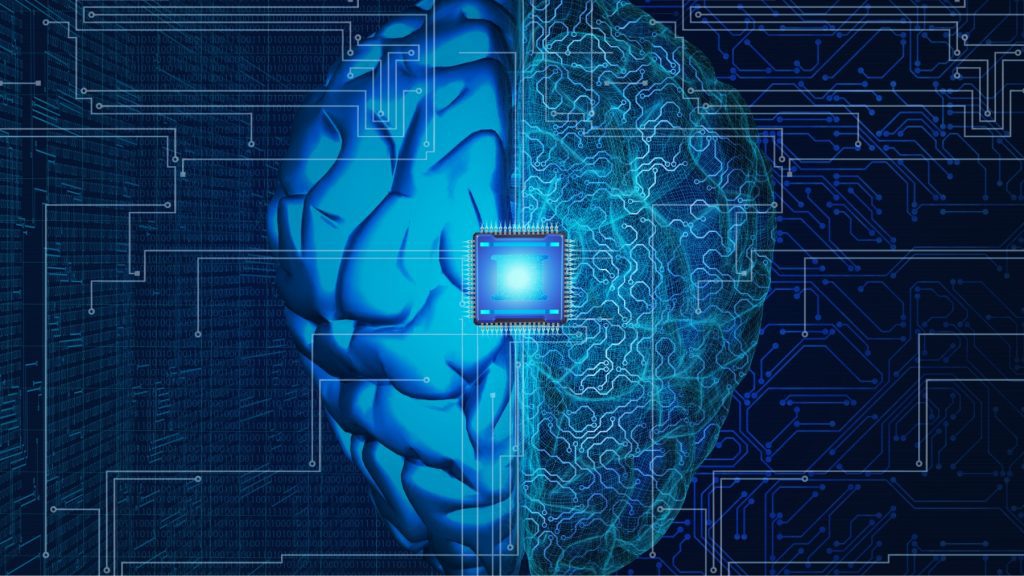
Through a double neural bypass surgery, a team of researchers and surgeons at the Feinstein Institutes for Medical Research at Northwell Health successfully restored movement and sensation in Keith Thomas, a quadriplegic since 2016.
- They relied on brain mapping using functional MRIs to identify areas responsible for arm movement and touch sensation.
- AI algorithms enable direct brain-body-spinal cord communication, stimulating the brain and muscles when Mr. Thomas thinks about moving his hand.
In a feat of brilliance, a team of researchers and surgeons at the Feinstein Institutes for Medical Research at Northwell Health gave Keith Thomas, a quadriplegic since 2016, back movement and sensation through a double neural bypass.
Keith Thomas, 45, was left paralyzed from the chest down following a diving accident that injured his C4 and C5 vertebrae in July 2020. After months of isolation and despair, he joined a clinical trial at the Feinstein Institutes, offering him new hope for recovery.
The surgical process, a “double neural bypass,” requires extensive brain mapping using functional MRIs. This would enable surgeons to pinpoint the areas responsible for arm movement and touch sensation in his hand. The team then proceeded with a 15-hour open-brain surgery at North Shore University Hospital.
During the surgery, Mr. Thomas was awake, providing real-time feedback to guide the placement of the brain implants. The surgical team implanted two chips responsible for movement and three more responsible for touch and feeling in his fingers.
Using AI algorithms, the implanted microchips enable a direct link between the brain, body, and spinal cord, re-establishing the flow of information. When Mr. Thomas thinks about moving his hand, the system stimulates his brain and muscles while providing sensory feedback, promoting recovery.
In a remarkable demonstration of the double neural bypass results, Mr. Thomas regained sensation and movement in his hand, arm, and wrist. A paralyzed human has regained lasting movement and sensation for the first time in history. The technology of which we are capable!
Dr. Ashesh Mehta, the surgeon who performed the brain implant, said they “fooled” the nervous system to make it work. “What we did was a bypass, so we bypassed the block. So, we’re basically using a computer to read Keith’s thoughts and then translate that into a machine that then stimulates his hand so that he can move it,” explained Mehta.
As the developer of the technology and principal investigator of the clinical trial, Professor Chad Bouton elaborated on the mechanics, saying “What’s happening and why we call it a double neural bypass is because we’re not only reconnecting the brain to the body for movement and touch, we’re also reconnecting the brain to the spinal cord.”
Remarkably, Mr. Thomas, who had been unable to move his arms or feel anything for three years, can now move his arms voluntarily, and even when the system is turned off, he experiences newfound sensations in his forearm and wrist.
The researchers are optimistic about the potential for the millions of people worldwide living with paralysis or movement impairments. They believe that the brain, body, and spinal cord can relearn how to communicate, forming new pathways at the injury site, akin to the natural regeneration observed in other organs like the kidney.
This is phenomenal as it could, and will, give a new lease on life to those who were robbed of it in a split second.
Inside Telecom provides you with an extensive list of content covering all aspects of the Tech industry. Keep an eye on our Medtech section to stay informed and updated with our daily articles.